I still remember the first time I turned on our first PC—a Windows XP. The excitement is undeniable. The start sound, the old-fashioned CRT monitor, the dual set of small loudspeakers, figuring out how to use the Smart Bro stick. I can remember it as vivid as the green color of the Windows' iconic wallpaper.
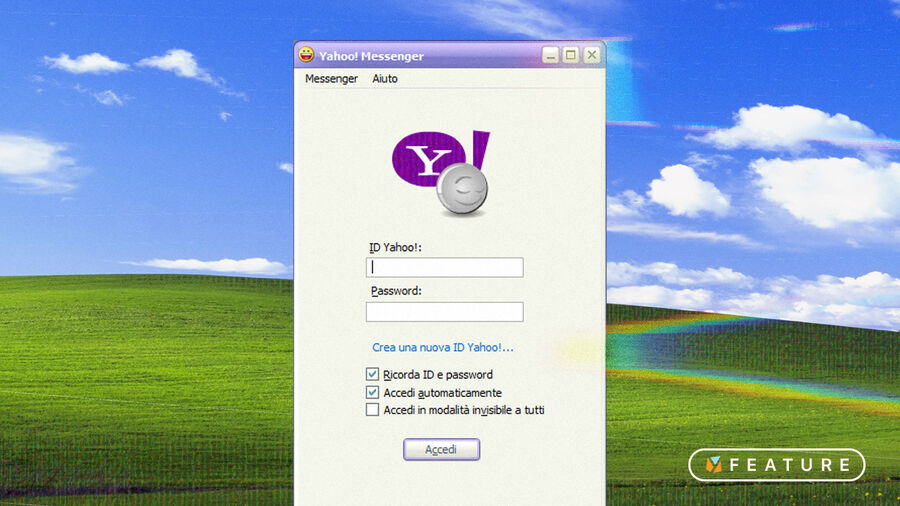
Back then, I didn't really know how to maximize use of that PC aside from playing pinball or using the MS Word for some WordArt texts. But there were a couple apps like Yahoo Messenger or MSN that I tried to open, but never really… used? I mean, as a kid, it's kinda scary to enter some personal info to sign up, and I got no one to talk to anyway.
Now, more than a decade later, both of those messaging services are gone. Not just the two of them, but all the other popular chat services you may have used before are also gone.
There were also some more recent apps that are still downloadable today (such as LINE), but we no longer see any reason to use, especially in the local context.
And we wonder, what happened to them?
A Matter of Time, Technology, and Competition
Technology is fast-paced and how we use technology also changes rapidly. Messaging apps are no exception. The messaging apps that were once popular have been replaced by newer, more feature-rich, and more secure apps.
This can be attributed to the development of technology, from dial-up to broadband to 5G, which has enabled people to access the internet from anywhere and at any time, using a wide range of devices that are not as limiting as before.
As a result, messaging apps have had to adapt to the changing needs of users, offering more features and greater security to keep up with the demands of the modern world.
And with the rise of social media behemoths with their own messaging services to offer and more advanced communication apps, some weren't just able to keep up.
Also, a Matter of Preference
Like I mentioned, there were also apps that were popular before but there's no reason to use them in the local context. What do I mean by that? Well, in the early stages of the Apple App Store and Google Play Store, messaging apps like LINE or Kakao Talk were apparently popular before as I hear their notification sound on the train and somewhere else inside a UV.
I even used LINE myself but now, I just didn't. Nobody else in my circle are using it anyway, so why bother going back?
In a Pulse Asia poll results in September 2021, it said that Facebook is the most popular social media platform among internet users in the Philippines with a staggering 98% out of 2,400 respondents.
Naturally, I would prefer having Facebook Messenger as my go-to instant messaging app to reach anyone from the archipelago since everybody else is using it.
The platform even offers a "free" version of Facebook, which allows you to access messaging features and view social media posts without using mobile data, but you won't be able to see any media files such as photos or videos.
AOL Instant Messenger (AIM)
AOL Instant Messenger (AIM) was one of the earliest public instant messaging services that gained popularity in the late 1990s and early 2000s. It was initially released in May 1997 for Windows and was one of the most widely used instant messaging services before social networks like MySpace, Friendster, Facebook, and Twitter became popular.

AIM had many features such as messaging, file-sharing, photo-sharing, chat rooms, and games. Although mostly used on desktops, AIM was also available on mobile devices via Palm OS, Symbian OS, BlackBerry, Windows Mobile, and eventually on Android and iOS.
At its peak, AIM had over 100 million registered users, but its usage declined in the early 2010s as people switched to social networks and other messaging services. AIM was discontinued on December 15, 2017 due to a decrease in usage and the emergence of other messaging platforms such as, you guessed it, Facebook Messenger.
BlackBerry Messenger (BBM)
One of the phone brands that was unable to sustain its prime in the industry was BlackBerry, including its own messaging service, BBM. And no, we're not talking about the Philippine president. wink wink
BBM was one of the first instant messaging services on mobile phones, introduced in August 2005, and was super popular in the late 2000s and early 2010s. You could send messages, files, photos, participate in group chats and even voice calls.
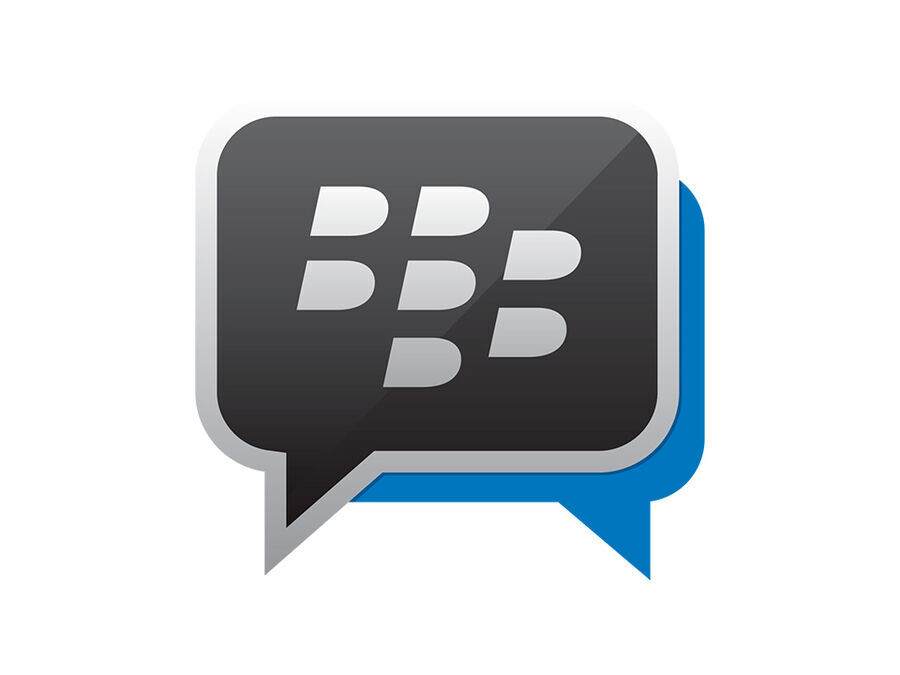
But come 2019, BBM was discontinued because of growing competition from other messaging platforms.
BBM may have been discontinued, but its legacy lives on. This messaging app played a crucial role in paving the way for other popular messaging apps such as iMessage, WhatsApp, LINE, Signal, and Telegram to thrive. BBM was widely recognized for its uptime and reliability, and its influence can still be felt in the messaging world today.
Google Talk/ Hangouts/ Allo (now Google Chat)
Google has been on a quest to dominate the messaging app market for years, but it hasn't been smooth sailing. Despite having several messaging apps over the years, the tech giant has struggled to find its niche for long-lasting and widely used messaging app.
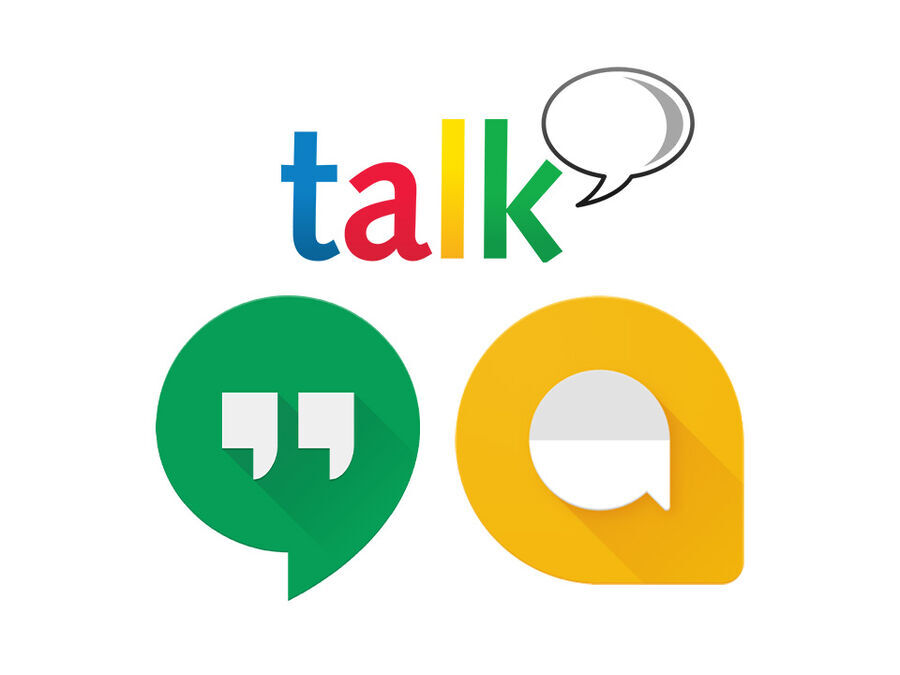
Google Talk was their first which was integrated into Gmail. Introduced from 2005 which allowed users to chat with each other in real time, and it also had features like file sharing and group chat. However, it was eventually replaced by Hangouts in 2013, which combined messaging, video chat, and phone calls into a single app.
Hangouts was later co-existed with Allo from 2016, which used machine learning to suggest responses and provide information.
Allo was discontinued in 2018, and Google Chat has since taken its place. Hangouts also eventually discontinued in 2021.
Google Chat is a messaging platform that is designed for teams and businesses which allows users to send messages, share files, and collaborate on projects easily accessible via Gmail.
It is integrated as well with other Google workspaces, such as Google Drive and Google Meet, making it easier for users to collaborate on projects. And with end-to-end encryption, users can feel more secure than ever.
It seems that Google is determined to perfect their messaging app, and with Google Chat, they may have finally found the right formula.
Despite having Google Workspace at YugaTech, we rarely used it for sending and receiving messages, earning its spot in this list.
ICQ
ICQ, one of the first messaging platforms available on the internet, was introduced in 1996. It allowed users to send messages, files, URLs, create chat rooms, and even send SMS messages.
Mirabilis, the Israeli company behind ICQ, derived its name from the phrase "I Seek You." ICQ was AIM's counterpart, and it too was immensely popular at its peak. It featured various functions, including offline user messaging, multi-user chats, resumable file transfers, greeting cards, multiplayer video games, and a searchable user directory.
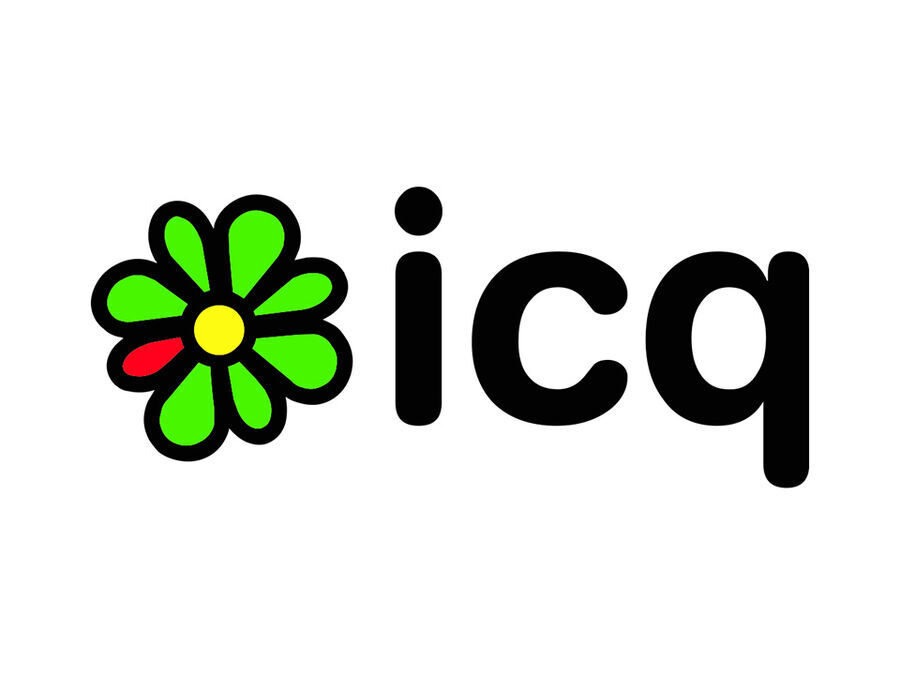
Emoticons for chats were also available, and it even had a feature for free daily-limited SMS sending. In 1998, AOL acquired ICQ, and in 2010, it was sold to Digital Sky Technologies, which later changed its name to Mail.Ru Group.
At its peak in the early 2000s, ICQ had over 100 million registered users, but its popularity waned as other messaging platforms like MSN Messenger and Yahoo Messenger gained traction.
Surprisingly, ICQ is still alive and kicking, and it's continuously being developed, which is quite surprising given how long it's been around. In fact, you can still use it as of May 2023.
MySpaceIM
Back in 2009, Myspace made an attempt to establish itself as a player in the instant messaging game with the introduction of MyspaceIM, a messaging platform that was integrated into the social networking site.

Many people consider Facebook to be a superior version of Myspace, as it outshone the latter in many areas where it fell short.
Despite this, Myspace still exists today, but has largely shifted its focus to become a curated music and entertainment site. As of 2019, the site boasted over 7 million monthly visitors.
But the messaging feature of Myspace has clearly left the conversation.
MSN Messenger
Back in the day, MSN Messenger was the go-to messaging app for Windows users. In 2005, MSN Messenger was rebranded as Windows Live Messenger, which enabled users to chat with each other in real-time using text-based chat. The platform had various features including smileys, webcam video conversations, sending short audio clips, and playing games in real-time with friends and family.

At its peak, MSN Messenger had 330 million active users. However, with the rise of mobile messaging apps like WhatsApp and Facebook Messenger, MSN Messenger was eventually discontinued on October 31, 2014.
Yahoo! Messenger (YM)
Ah yes, I don't even remember the password of my Yahoo account when I did finally create one.
But perhaps Yahoo! Messenger, fondly called YM, was the talk of the world, especially in the Philippines. YM was an all-in-one messaging platform that offered instant messaging, VoIP, file transfers, webcam hosting, and text messaging service.

It even had chat rooms in various categories, but the chat room service was discontinued in 2012. In December 2015, Yahoo! announced a new and improved YM for mobile, the web, and Yahoo Mail desktop users.
However, the legacy app was no longer supported by August 5, 2016. Finally, on July 17, 2018, Yahoo! Messenger was laid to rest.
Yahoo explained, "We know we have many loyal fans who have used Yahoo Messenger since its beginning as one of the first chat apps of its kind. As the communications landscape continues to change over, we're focusing on building and introducing new, exciting communications tools that better fit consumer needs."
Chikka
Chikka Text Messenger was the "chikka" of the town back in 2000, named after the colloquial term for "small talk" or "chatter" in Filipino.
It revolutionized the way people communicate by allowing free SMS or text messaging between online users and offline mobile subscribers of Globe, Smart, and Sun. Chikka became popular among SMS users, especially those who ran out of prepaid load, and overseas Filipino workers who used the app to send SMS messages to their loved ones in the Philippines.
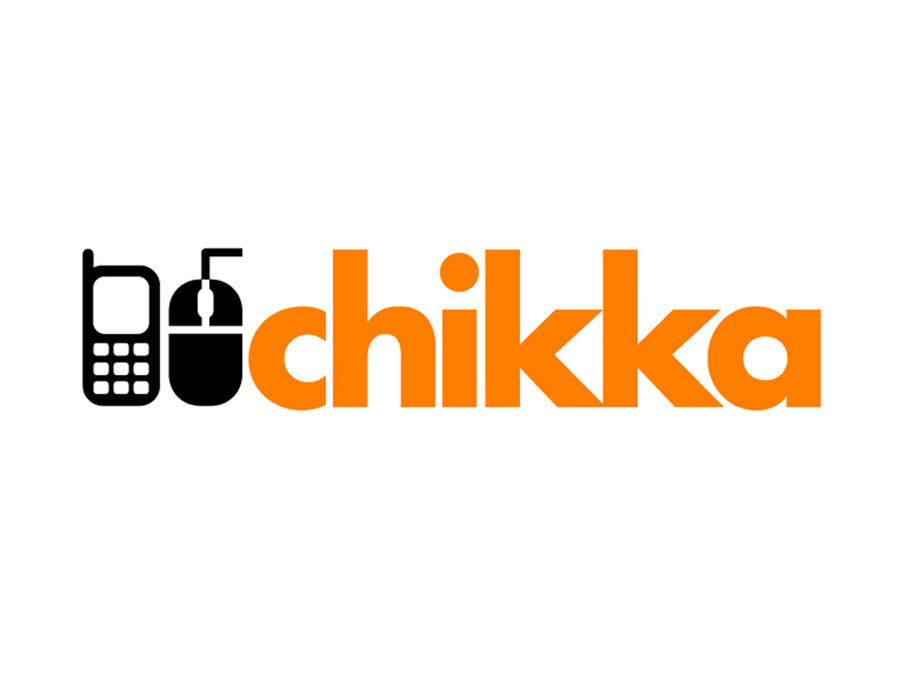
However, in March 2018, Chikka announced on their social media accounts that they were closing shop on March 31, 2018. While there was no official reason given for the shutdown, we could speculate that Chikka's fate was sealed due to the shift of the communication landscape towards social media, and the growing competition against Facebook Messenger and other platforms.
According to a recent study, the Philippines tops the charts among countries with the most time spent daily on social media through their phones, indicating a shift in communication preferences away from SMS-based services like Chikka.
Line
Going back to the Pulse Asia survey we discussed in the beginning of this article; it also mentioned the rest of the instant messaging apps Filipinos use.

One of them was Line—introduced in 2011—with 0.03% user rate according to the survey, which is very underwhelming, considering it was only two years ago when the study was published.
While Line isn't technically gone, you might rarely find a Filipino using it for communications.
Fortunately, the Japan-based messaging app has a strong user base in Indonesia, Japan, Taiwan and Thailand with 169 million users.
Kakao Talk
KakaoTalk is a free mobile instant messaging application for smartphones with free text and free call features. It was launched in South Korea in 2010 and has since become one of the most popular messaging apps in Asia. It is still popular in the Philippines as well1. KakaoTalk even reportedly became the number one chat app in the Philippines in just two weeks after its launch 2013.

A decade later and I can't hear its notification sound anymore. It wasn't even mentioned on the Pulse Asia survey.
But just like Line, it still has a big user base, especially in South Korea where it is based with over 47 million active users according to South China Morning Post.
WeChat
Tencent's own messaging app, WeChat launched in 2011. It is heavily used in China with about 872 million according to Oberlo, with about 1.3 billion worldwide.
Smart Communications, Inc. previously partnered with WeChat to provide an exclusive 'WeChat Go SIM' for Chinese tourists who will travel to the Philippines.
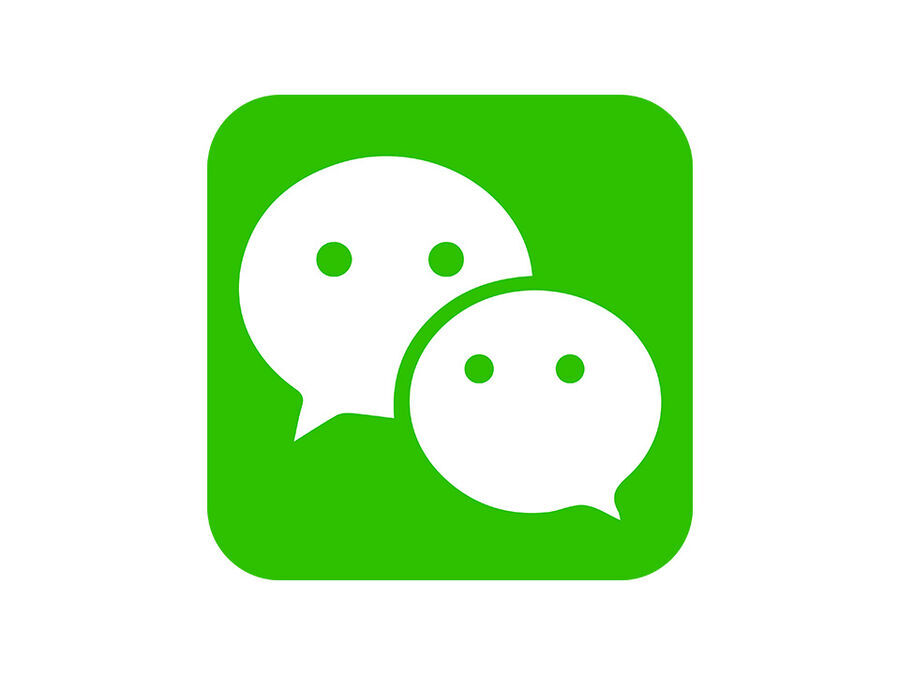
WeChat has been described as China's "app for everything" and a super-app because of its wide range of functions, even an e-wallet feature that connects the app with your bank account or credit card. Payments can be completed by scanning a QR code, Quick Pay system, In-App native or web-based payment method.
You may even see its logo on select merchants who accept cashless payments. In fact, Asia United Bank (AUB) has introduced WeChat Pay in the Philippines by enabling merchants via the AUB PayMate in 2017.
Basically, this service is targeted towards Chinese tourists who come to the Philippines and use their WeChat Pay as a payment option. But that's about it since the same Pulse Asia survey we have been discussing in this article mentioned that only 3% of the respondents use WeChat, next to Viber with 5%.
Popularity Fades Out
The rise and fall of messaging apps is a testament to how quickly technology evolves. From the early days of AIM and ICQ to the more recent era of Line and KakaoTalk, messaging apps have come and gone, replaced by newer, more advanced versions. The reasons for their decline are varied, ranging from changes in technology and user preferences to the emergence of social media giant's messaging services.
But with their decline, we've seen the new and improved messaging apps that offer a wider range of features and greater security. Apps like Meta's Messenger, WhatsApp, Instagram, Telegram, and Snapchat have become the go-to platforms for staying connected with friends and family. With end-to-end encryption, we can communicate with confidence, knowing that our messages are secure.
As technology continues to evolve, it will be exciting to see what the messaging landscape will look like in the years to come. Who knows? Maybe the apps we use today will become obsolete too, replaced by newer, even more advanced versions that we can't even imagine yet.
No, shut up metaverse.
No comments:
Post a Comment